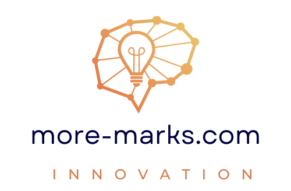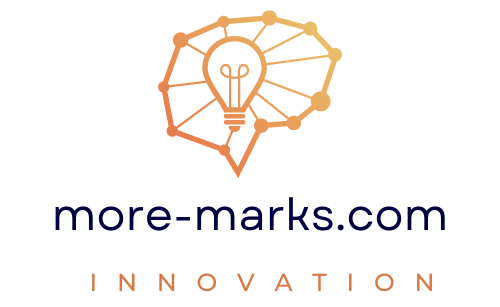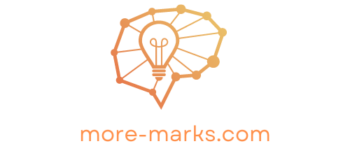Grade V: Bones and Muscles – Fill in the Blanks
1. The longest bone in the forelimbs is the humerus.
2. The main components of the human skeleton are the skull, backbone, rib cage, limbs, and girdles.
3. The femur is the longest, strongest, and largest bone in the body, located in the thigh.
4. The skull consists of 22 bones, with 8 cranial bones and facial bones.
5. A joint that allows your head to turn sideways is called a pivot joint.
6. The skeletal system assists in hearing through three ear bones called ossicles.
7. The backbone, also called the vertebral column, consists of 33 small bones called vertebrae.
8. Eight bones join to form the brain box.
9. Poor bone health can lead to conditions such as rickets and osteoporosis.
10. A ligament is a strong and slightly elastic tissue that binds one bone to another bone.
11. The first bone of the backbone is called the atlas, and the last bone is called the tail bone.
12. A tendon is a stretchy tissue that attaches muscles to bones.
13. The last two pairs of ribs are called floating ribs because they are attached only to the backbone and remain free in the front of the rib cage.
14. The ‘funny bone’ is actually the ulnar nerve, which runs inside your elbow.
15. The outer layer of bone is called compact bone, and the inner layer is called spongy bone.
16. To keep bones and muscles strong, it is recommended to eat foods rich in calcium and protein.
17. The backbone protects the spinal cord and carries the weight of the body.
18. The main components of the human skeleton are the skull, backbone, rib cage, limbs, and girdles.
19. Unlike children, adults do not grow taller because their growth plates have fused.
20. The skeletal system produces blood cells and stores minerals, such as calcium.
21. The pectoral girdle connects the forelimbs to the skeleton.
22. The lower jaw is movable, enabling us to speak, eat, and drink.
23. A balanced diet helps in building stronger bones by providing essential nutrients such as calcium and vitamin D.
24. The skeletal system assists in hearing through three ear bones called ossicles.
25. X-ray images help doctors diagnose medical problems by showing different parts of the body as darker areas and denser bones as clear white areas.
26. A ball-and-socket joint allows movement in all directions, including rotational movement.
27. A tendon is a stretchy tissue that attaches muscles to bones.
28. An adult human skeleton has 206 bones, while a newborn baby has more than 300 bones.
29. An organ system is a group of organs that work together to perform a specific function.
30. The pectoral girdle connects the forelimbs to the skeleton.
31. Cartilage is a tough but flexible tissue that is softer than bone.
32. The first bone of the backbone is called the atlas, and the last bone is called the tail bone.
33. Eight bones join to form the brain box.
34. Orthopaedics is the branch of medicine that treats disorders of the musculoskeletal system.
35. A ligament is a strong and slightly elastic tissue that binds one bone to another bone.
36. The number of bones present in an adult human skeleton is 206.
37. The skeletal system assists in hearing through three ear bones called ossicles.
38. The longest bone in the body is the femur.
39. The main components of the human skeleton are the skull, backbone, rib cage, limbs, and girdles.
40. The backbone protects the spinal cord and carries the weight of the body.
41. The human skeletal system protects internal organs and provides structure to the body.
42. Poor bone health can lead to conditions such as rickets and osteoporosis.


